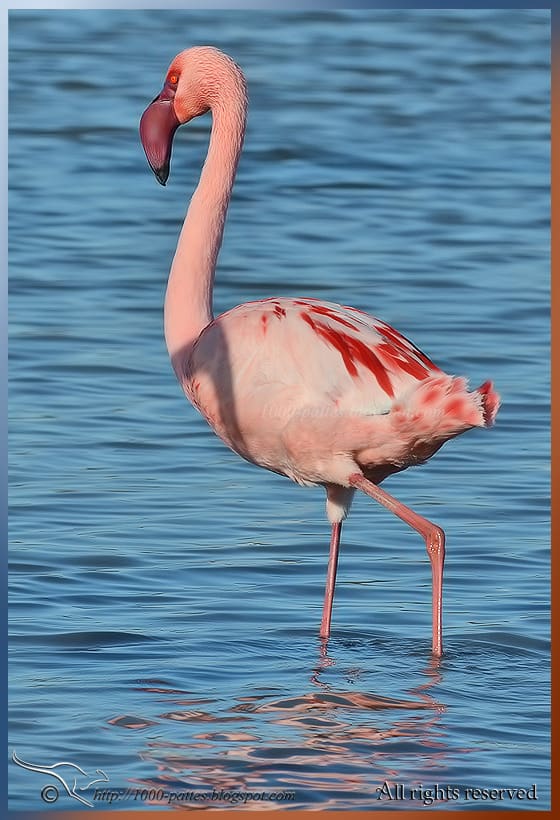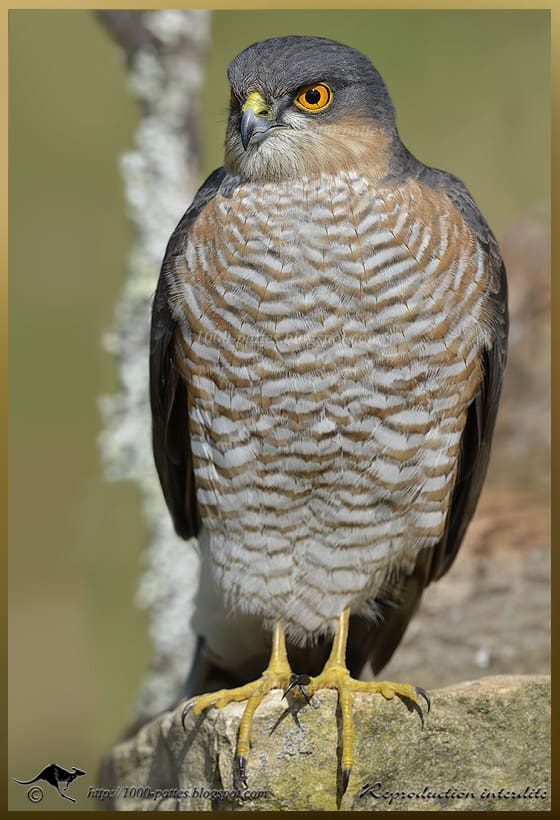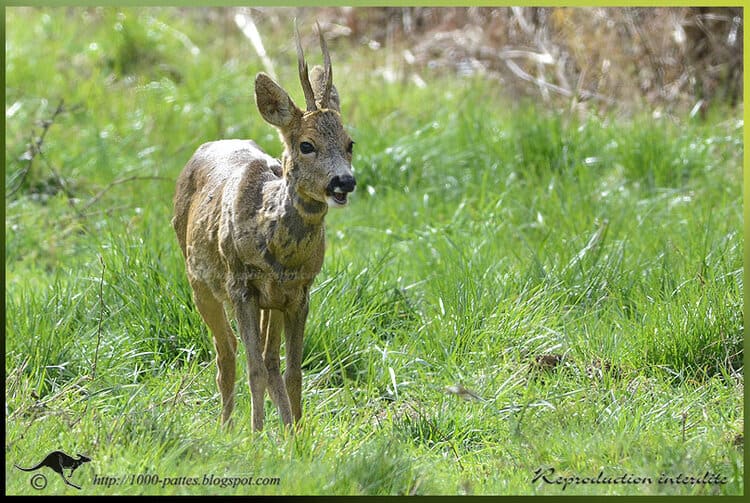Myocastor coypus (Camargue) – Rodentia – Myocastoridae – It can reach a weight of 12 to 14 kg! It lives in burrows alongside stretches of water. They waste close to 90% of the river plants they feed on eating only the stems, a destructive feeding and burrowing behavior but… that is not the full extent […]
Author: Noushka Wildlife

The Lesser flamingo
Phoeniconaias minorPhoenicopteriformes – Phoenicopteridae It is the smallest species of flamingo; it lives in sub-Saharan Africa with another population in India. It mainly breeds at Lake Natron in northern Tanzania andfeeds primarily on a cyanobacteria or Spirulina, algae which grow only in very alkaline lakes and contains the photosynthetic pigments that give the birds their […]

The Southern Festoon butterfly
Zerynthia polyxena – Papillonidae – Parnassinae – A rare butterfly in France except locally in the southeastern areas. It is on a red list. It pupates for winter and the adults emerge from the end of march to end of may. Their life span does not exceed 3 weeks during which the females lay their […]

Mirror-mirror…
Papilio machaon – Papilionidae – The Old world Swallowtail In copula: This position is called “in wheel” when it comes to dragonflies but for anything alse, butterflies included it is simple copulation or mating! Anyway aren’t they magnificent?! Miroir de Machaons – On appelle la copulation de la libellule un “cœur copulatoire”….. expression très raffinée, […]

Red kite up close
Mivus milvus – Accipitriformes – Accitridae – Their population is very low compared to that of the Black kite. Only 2500 to 3000 couples are known in France and 20 000 elsewhere, mostly in Europe. Their wingspan exceeds easily 1.50 m; as with almost all other raptors the female is the largest. I feel quite […]

Brand new antlers!
Capreolus capreolus – Cervidae – Capreolinae – European roe deer: a few photos after long waits in the hide in vain. This is a male moulting into his summer coat and his antlers have just lost the winter velvet. Deers are related to goats, hence the latin name capreolus; one can notice that the antlers […]

The European sparrowhawk digesting his latest meal!
Accipiter nisus male – Accipitridae – Accipitriformes – He remained at 3 meters from me for exactly 22 minutes, calculated on the timing from the first pic to the last! Il s’est écoulé 22 minutesentre la première et la dernière photo de cet épisode où il est resté là!!Il digérait tranquillement son dernier repas… il […]

European Roe Deer: spring moult!
Capreolus capreolus – Cervidae – Capreolinae – as all mammals deers moult twice a year, in spring and in autumn; from darkish brown the hair will turn a bright orangey colour in a few weeks from now: Comme beaucoup de mammifères, nos chien inclus, les chevreuils muent 2 fois par an, au printemps et à […]
